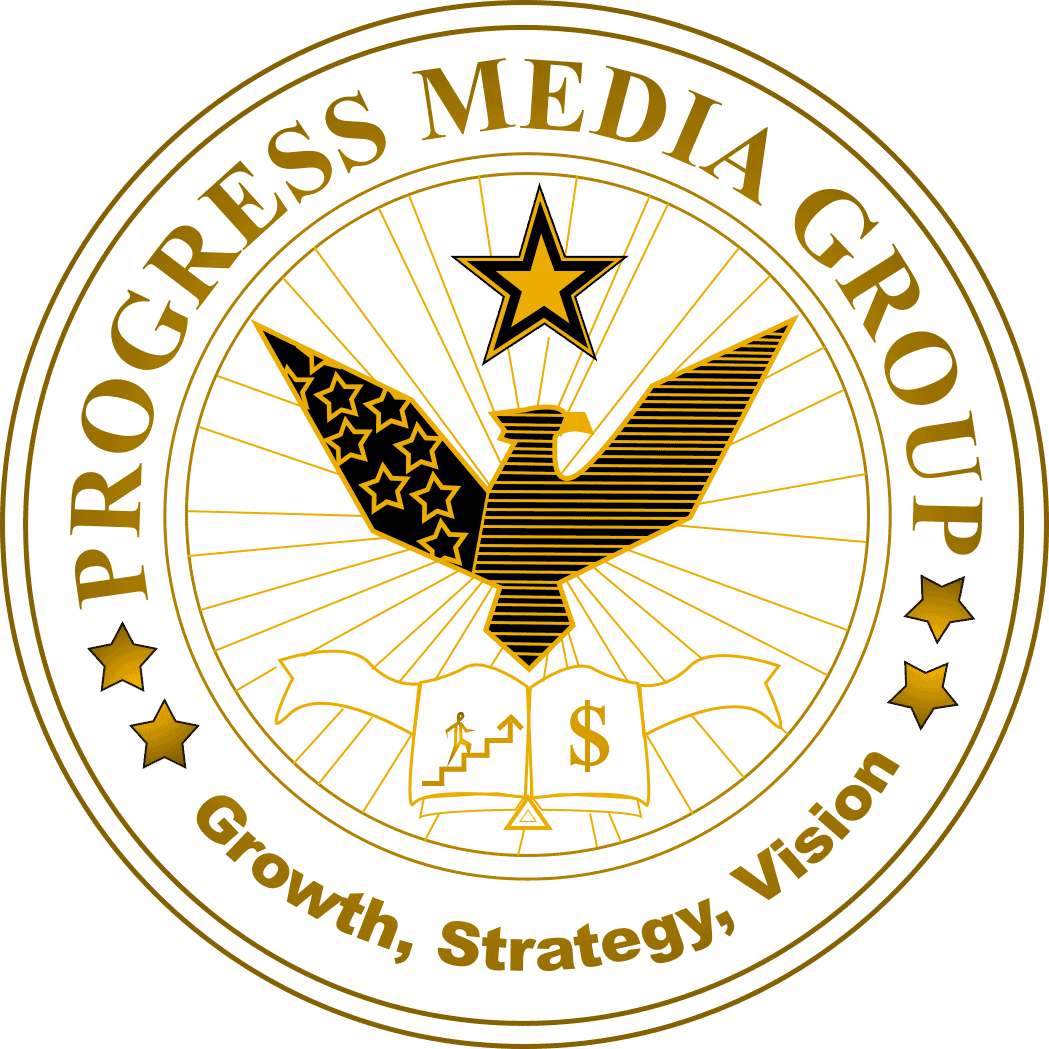The Ultimate Guide to Mastering Content Optimization for Maximum Engagement
Imagine this scenario: you’ve spent hours crafting a blog post, pouring your heart and soul into every word. You hit publish, eagerly awaiting the flood of readers and engagement your masterpiece will surely receive. But as days turn into weeks, you realize that your content is not getting the attention it deserves. It’s frustrating, isn’t it? Don’t worry, because I’ve got the solution for you. Welcome to “The Ultimate Guide to Mastering Content Optimization for Maximum Engagement”. In this comprehensive blog post, we’ll delve deep into the art and science of content optimization, the secret ingredient that can boost your engagement and take your blog to new heights. Content optimization is the key to unlocking the potential of your blog and ensuring that your hard work doesn’t go unnoticed. But what exactly is content optimization? It’s not just about stuffing your posts with keywords or following a rigid set of rules. It’s about understanding your audience, creating valuable and captivating content, and optimizing it in a way that resonates with both search engines and readers. In this guide, we’ll explore the different facets of content optimization, from keyword research and on-page SEO techniques to user experience and social media strategies. We’ll dive into the nitty-gritty details and provide you with actionable tips and tricks that you can implement right away. Whether you’re a seasoned blogger looking to take your content to the next level or a newbie trying to navigate the vast landscape of online writing, this guide has got you covered. So, if you’re ready to revolutionize your blog and skyrocket your engagement, let’s embark on this exciting journey together. Get ready to unleash the power of content optimization and watch as your blog becomes a hub of activity, attracting readers, and leaving a lasting impact. Buckle up, because we’re about to dive into “The Ultimate Guide to Mastering Content Optimization for Maximum Engagement”!
Understanding the Importance of Content Optimization
Before we dive into the nitty-gritty details of content optimization, let’s first understand why it is so important. In today’s digital age, where attention spans are shorter than ever and competition for online visibility is fierce, optimizing your content is crucial to stand out from the crowd.
Content optimization involves fine-tuning your blog posts to make them more visible and appealing to both search engines and readers. By strategically incorporating relevant keywords, improving user experience, and promoting your content through various channels, you can increase your chances of ranking higher in search engine results pages (SERPs) and attracting a larger audience.
But content optimization goes beyond just getting more eyeballs on your blog. It also ensures that those who do stumble upon your content find it valuable, engaging, and worth their time. By crafting high-quality posts that resonate with your target audience and addressing their pain points or interests, you can build trust, establish yourself as an authority in your niche, and encourage repeat visits.
In short, content optimization is the secret sauce that can take your blog from being a mere collection of words to a powerful platform for connection and engagement. It’s not about gaming the system or tricking search engines; it’s about creating meaningful content that provides value to both humans and algorithms.
Conducting Effective Keyword Research
One of the fundamental aspects of content optimization is conducting thorough keyword research. Keywords are the phrases or terms that people use when searching for information online. By identifying the right keywords related to your topic or niche, you can optimize your content to align with what people are actively searching for.
To conduct effective keyword research:
- Start by brainstorming a list of topics or themes relevant to your blog.
- Use keyword research tools like Google Keyword Planner, SEMrush, or Moz’s Keyword Explorer to find related keywords and their search volumes.
- Consider the competition for each keyword and choose ones that have a good balance of search volume and competitiveness.
- Once you have a list of target keywords, incorporate them naturally throughout your content, including in your headings, subheadings, meta tags, and body text.
Remember, the goal is not to stuff your posts with as many keywords as possible. Instead, focus on creating high-quality content that provides value to your readers while incorporating relevant keywords in a way that feels natural and seamless.
Crafting Compelling Headlines that Grab Attention
Your headline is the first impression readers have of your blog post. It’s what determines whether they click through to read more or scroll past. That’s why crafting compelling headlines is crucial for maximizing engagement.
To create attention-grabbing headlines:
- Keep it concise and clear: Use language that is easy to understand and conveys the main idea of your post.
- Evoke curiosity: Pose a question or make a bold statement that piques readers’ interest and makes them want to learn more.
- Incorporate power words: Use strong verbs or adjectives that evoke emotion or create a sense of urgency.
- Include numbers or statistics: People are drawn to lists or data-driven headlines because they provide tangible value and promise actionable insights.
Remember to align your headline with the content of your blog post. Misleading or clickbait-style headlines may initially attract clicks but will ultimately lead to disappointment if the content doesn’t deliver on its promise.
Mastering On-Page SEO Techniques
On-page SEO refers to the optimization strategies you implement directly on your blog post’s page to improve its visibility and ranking in search engine results. By following on-page SEO best practices, you can make it easier for search engines to understand your content and increase the likelihood of it appearing in relevant searches.
Here are some key on-page SEO techniques:
- Optimize your meta tags: Craft compelling meta titles and descriptions that accurately summarize your content and include relevant keywords.
- Use descriptive URLs: Include keywords in your URL structure to provide additional context for search engines.
- Create high-quality, well-structured content: Break up your text into paragraphs, use headings and subheadings (H1, H2, H3), and incorporate bullet points or numbered lists to improve readability.
- Add alt text to images: Describe your images using relevant keywords so that search engines can understand their context.
By implementing these on-page SEO techniques, you can optimize your blog posts for maximum visibility and increase the chances of attracting organic traffic from search engines.
Enhancing User Experience for Maximum Engagement
User experience (UX) plays a crucial role in determining how visitors interact with your blog. A positive UX not only keeps readers engaged but also encourages them to explore more of your content, share it with others, and return for future visits.
To enhance user experience:
- Ensure fast page loading times: Optimize image sizes, leverage browser caching, and choose a reliable hosting provider to minimize loading times.
- Create a mobile-friendly design: With more people accessing the internet through mobile devices, it’s essential to have a responsive design that adapts to different screen sizes.
- Improve navigation: Make it easy for visitors to find what they’re looking for by organizing your content into logical categories, using clear menus, and implementing search functionality.
- Format your content for readability: Use short paragraphs, subheadings, and bullet points to break up the text and make it easier to skim.
By prioritizing user experience and making your blog as user-friendly as possible, you can create a positive impression on your readers and keep them coming back for more.
Harnessing the Power of Social Media for Content Promotion
Social media platforms offer a powerful way to promote your blog content and reach a wider audience. By leveraging social media effectively, you can amplify the visibility of your posts, drive traffic to your blog, and encourage engagement through likes, comments, and shares.
To harness the power of social media:
- Identify the platforms where your target audience is most active: Focus on building a presence on those platforms rather than spreading yourself too thin across multiple networks.
- Create compelling social media posts: Craft engaging captions that entice users to click through to read your blog post. Use eye-catching visuals or videos to grab attention in crowded feeds.
- Engage with your audience: Respond to comments or messages promptly, ask questions in your posts to encourage conversation, and share relevant content from others in your niche.
- Utilize hashtags strategically: Research popular hashtags related to your topic or industry and include them in your social media posts to increase discoverability.
Social media promotion is not just about broadcasting your own content; it’s also about building relationships, fostering a sense of community, and providing value to your followers. By approaching social media with a genuine and helpful mindset, you can create a loyal following that actively engages with your blog.
Analyzing and Optimizing Your Content for Search Engines
Once you’ve published your blog post, the work doesn’t stop there. Analyzing and optimizing your content based on performance data is essential to continuously improve its visibility and engagement.
Here are some key steps to analyze and optimize your content:
- Track relevant metrics: Use tools like Google Analytics or social media insights to monitor metrics such as page views, time on page, bounce rate, or social shares.
- Identify patterns or trends: Look for patterns in the type of content that performs well or resonates with your audience. Are there certain topics or formats that consistently generate more engagement?
- Optimize underperforming content: If certain blog posts are not receiving much traffic or engagement, consider updating them with fresh information, improving their SEO elements, or repurposing them into different formats (e.g., videos or infographics).
- A/B test different elements: Experiment with different headlines, meta tags, call-to-action buttons, or visual elements to see what resonates best with your audience.
By regularly analyzing and optimizing your content based on data-driven insights, you can ensure that it remains relevant and engaging for both search engines and readers.
Incorporating Multimedia for a Dynamic User Experience
In today’s visually-driven online landscape, incorporating multimedia elements into your blog posts can significantly enhance the user experience. Multimedia refers to any form of content beyond text alone – such as images, videos, infographics, or audio clips.
Here are some reasons why multimedia is essential for a dynamic user experience:
- Visual appeal: Images or videos can break up the text and make your blog posts more visually appealing and engaging.
- Enhanced understanding: Complex concepts or data can be better explained through visuals, making it easier for readers to grasp the information.
- Increased shareability: Multimedia content is highly shareable on social media platforms, allowing your blog posts to reach a wider audience.
- Diversified content formats: By incorporating different types of media, you cater to different learning preferences and provide a more well-rounded experience for your readers.
When incorporating multimedia into your blog posts, ensure that they are relevant to the topic and enhance the overall message. Use high-quality images or videos that are properly optimized for web viewing to avoid slowing down page loading times.
Measuring and Analyzing Engagement Metrics
To gauge the success of your content optimization efforts, it’s crucial to measure and analyze engagement metrics. These metrics provide insights into how well your blog posts are resonating with your audience and whether they are achieving their intended goals.
Here are some key engagement metrics to track:
- Page views: The number of times your blog post has been viewed by visitors.
- Average time on page: How long visitors spend reading your blog post before navigating away.
- Bounce rate: The percentage of visitors who leave your website after viewing only one page (a high bounce rate may indicate that visitors aren’t finding what they’re looking for).
- Social shares: The number of times your blog post has been shared on social media platforms.
- Comments or feedback: The level of engagement and interaction from your audience through comments or feedback.
By regularly monitoring these engagement metrics, you can identify areas for improvement, track the success of your content optimization strategies, and make data-driven decisions to enhance your blog’s performance.
Conclusion: Taking Your Blog to New Heights with Content Optimization
Congratulations! You’ve reached the end of “The Ultimate Guide to Mastering Content Optimization for Maximum Engagement”. We’ve covered a wide range of topics, from understanding the importance of content optimization to incorporating multimedia and measuring engagement metrics.
Remember, content optimization is not a one-time task but an ongoing process. It requires continuous learning, experimentation, and adaptation. By implementing the strategies outlined in this guide and staying up-to-date with industry trends, you can take your blog to new heights and achieve maximum engagement.
So go ahead, apply what you’ve learned, and watch as your blog becomes a hub of activity – attracting readers, fostering connections, and leaving a lasting impact. Happy optimizing!


